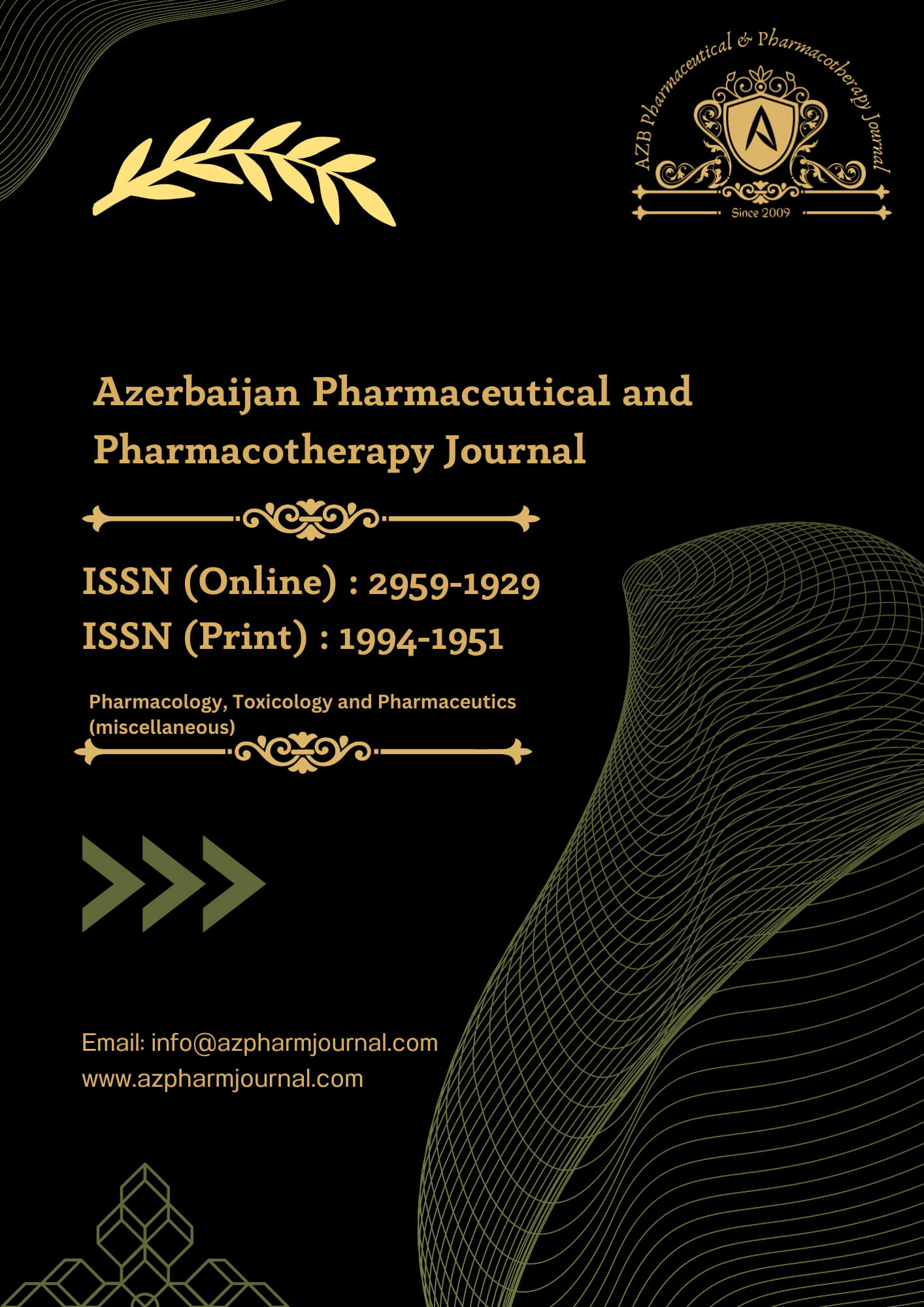4. Discussion
Nonadherence to medication poses challenging issues for all clinicians in the pharmacological management of conditions that need long-term therapy.
High adherence to antiseizure drugs plays a vital role in the successful treatment of epilepsy. Poor adherence to drug therapy is considered one of the major causes of non-responsiveness to chronic drug therapy such as antiepileptic drugs[23].
To suppress epileptic seizures, more than 95% adherence is adequately required. Even missing antiepileptic drug doses once or twice per week may be sufficient for the failure of therapy and is responsible for the reoccurrence of seizures[24].
According to the Modified Morisky Adherence score, we have classified our patients into Nonadherent and Adherent to their medications. Several factors influence patients’ adherence to their medications. The primary purpose of this current study was to assess factors influencing medication adherence among epileptic patients and to provide recommendations for improving their healthcare and quality of life.
In this current study, 46% of the patients were adherent, and 54 % were poorly adherent to their medications (Table 2), which needs improvement. Reported patient adherence to drug therapy was different in various studies as 22% [23], 51.9% [25] and 41% [26]. At the same time, Asadi-Pooya reported 75 % of patients compliance to antiepileptic drugs [27]. These differences in compliance between different studies may be due to different cultures, patient beliefs about illness, effectiveness of medication, education, and clinician approach to the patient with epilepsy. All these factors influence adherence to the therapy and control of seizure [28].
The effect of gender was an important contributing factor affecting medication adherence in this study. Male patients (31.3% ) were more adherent to antiepileptic drugs as compared to females (14.1% ) p\(<\)0.05. Our results did not agree with those carried out by [2, 18] (2011), who concluded in his research that there were no demographic differences based on gender between adherent and nonadherent patients. In our study, the younger age (23.4\(\pm\) 12.4) group was found to be more adherent to drug therapy as compared to the higher age (33.26\(\pm\) 16.34) p\(<\)0.05, (Table 1).
Our study population consists of patients with primary school (12.1% ), high school (64.6% ), and higher education (23.2% ). Medication adherence did not show any significant difference among all the study groups.
The mean duration of epilepsy was 1.22 \(\pm\)1.41. The age of disease onset and duration did not significantly correlate with the rate of adherence among our patients. In contrast, Kyngas found that the duration of the illness is significantly related to patient adherence [23].
Good motivation with a positive attitude toward disease and treatment with no fear of complications and no fear of seizures explains good adherence [23].
The effect of patient beliefs on medication adherence was studied in this current research. It was found that there was a positive association between adherence score (MMAS-8) and Belief about specific necessity score. Patients with positive necessity concern differential scores were higher in adherent patients to antiepileptic drugs than those with negative scores (p\(<\)0.05 ). In addition, patients who believed that antiepileptic drugs benefit more than harmful were significantly more adherent (Tables [t3] and [t4]). Results obtained by Jones et al. [11] also found that epileptic patients, who had a greater belief in the need for medication, were significantly more adherent.
It was evident that there was an increase in adherence in patients with stronger beliefs in the necessity of treatment as they want to remain seizure-free with the help of antiepileptic drugs and also protect them from becoming worse.
Conversely, there was a negative association between adherence score and BMQ-specific concerns, general overuse, and general harm. Patients who believed that antiepileptic drugs do more harm than benefit were significantly higher in the nonadherent group, (Table [t3]).
Nonadherent patients have Beliefs about the negative impact of medication (specific concerns) like long-term effects, dependency on medication, and doctors’ overuse of medication to treat them, and low concern about them. Nonadherent patients also have the Belief that medicines most medicines are addictive, poisonous, and should be stopped.
Patients also had Beliefs about the general overuse of drugs -doctors use too many medications, and natural remedies are more are safer than medicines. General harm scores were higher in nonadherent compared to adherent patients (p\(<\)0.05 ), (Table [t3]).
In addition, our results suggest that women with epilepsy who are less adherent may also have more significant concerns about AEDs and more doubts about their personal need for AEDs[28].
Belief scores about a specific concern, general overuse, and general harm were significantly higher in females (p-value \(<\) 0.05) than males. In the current study, women were more concerned about the adverse effects of antiepileptic drugs.
